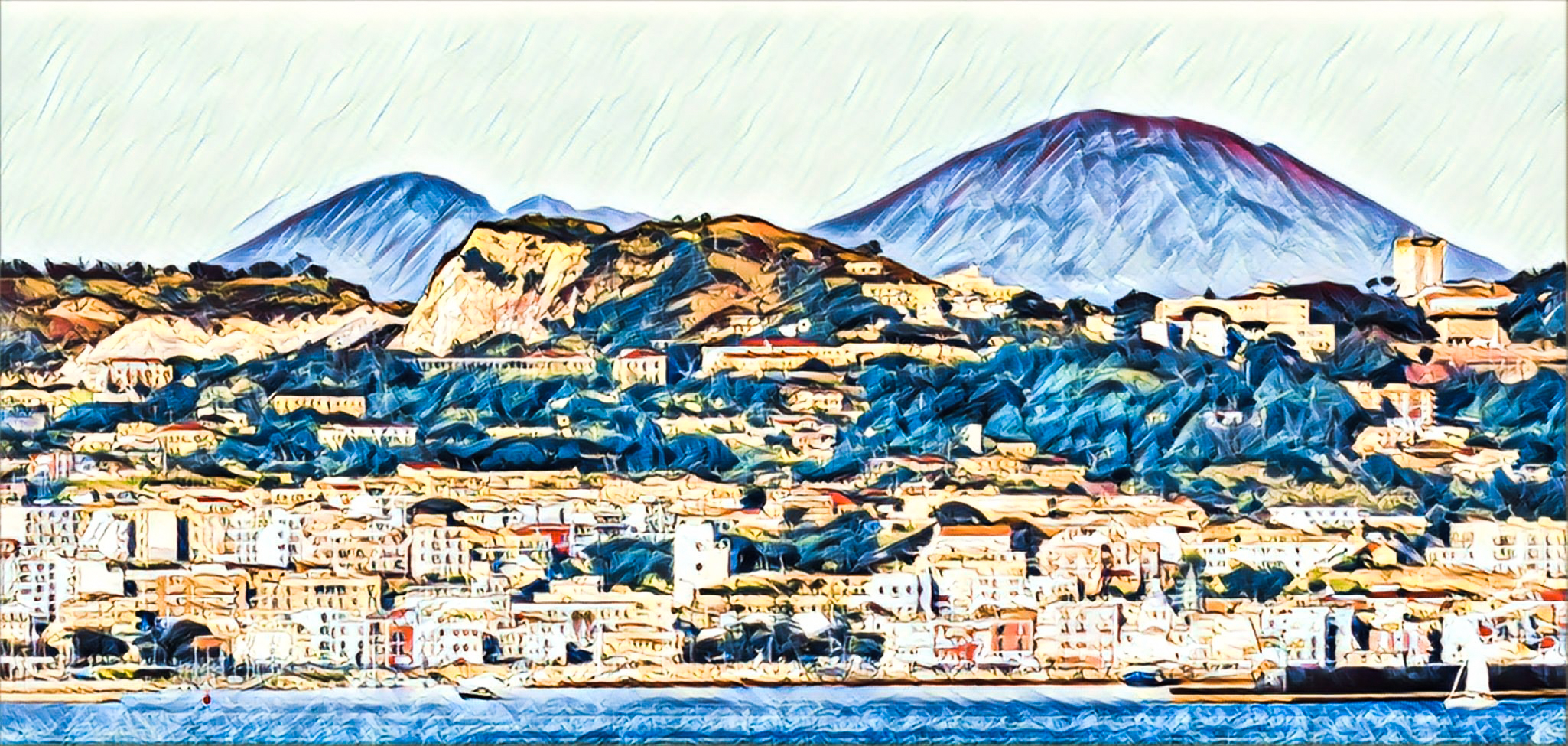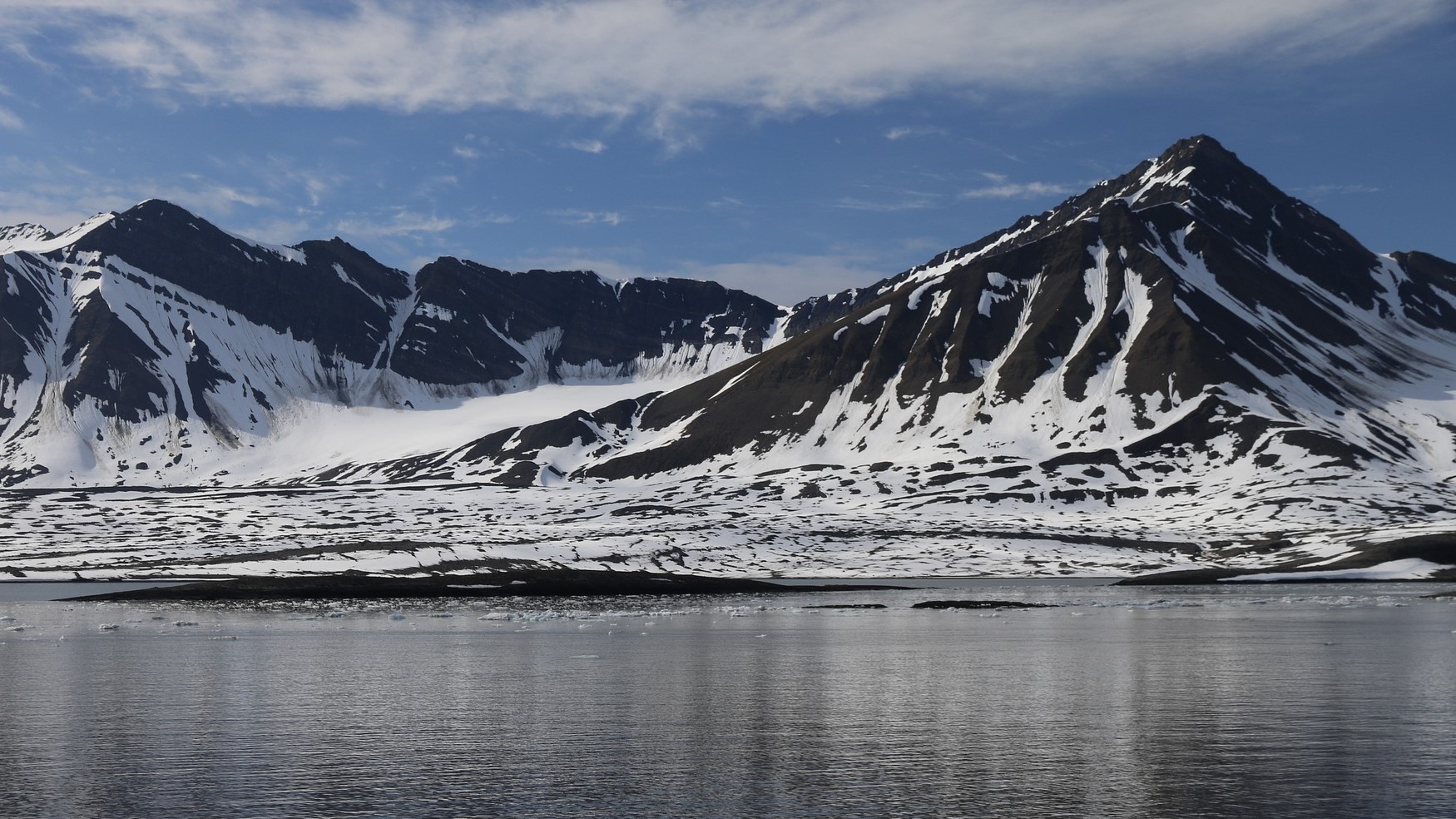Tag: geology
Iceland Erupts! Geldingadalir’s Back, Baby, Yeah!
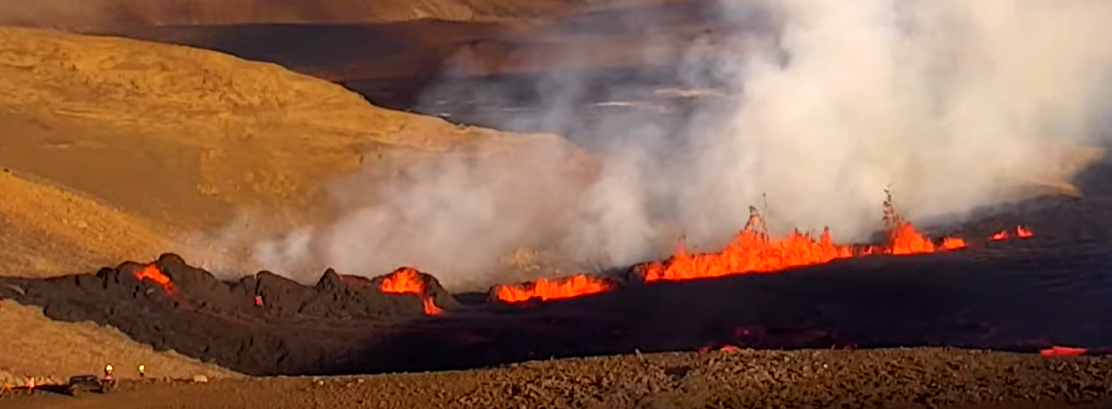
Iceland’s newest volcano is treating the Reykjanes Peninsula to a reprise in activity, and I’ve got all your volcano video needs covered right here. I was 95% sure this would happen when the eruption went on hiatus last year, and I’m so excited to see eruption activity resume. Hopefully it will behave as politely as last time, and avoid destroying any civilization while it treats us to a lava-ly* show.
First, Geology’s Hub’s announcement of the August 3rd reawakening:
Next up, one of my favorite Icelandic news sites broadcasts right from the edge of the eruption. (more…)
42 for Loowit’s 42nd vol. 7: Reprise
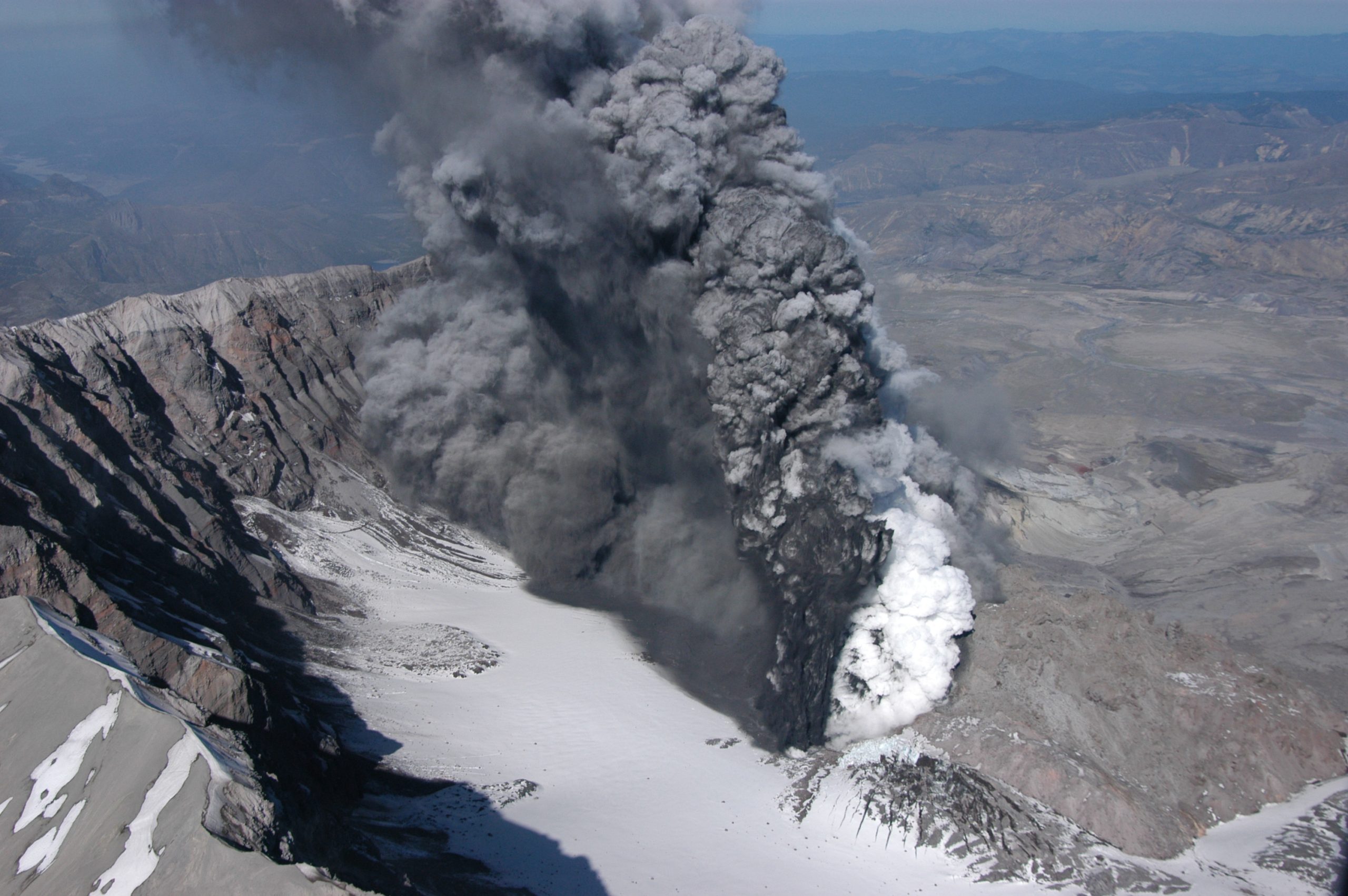
There was life in the old girl yet.
To be fair, though, Loowit (Mount St. Helens) isn’t very old as far as volcanoes go. So when she rumbled awake in late September of 2004, volcanologists weren’t terribly surprised. She’d slumbered for less than 20 years after her 80s eruptive sequence, but it wasn’t shocking to see magma on the move again.
Her prompt eruption on October 1st signalled a new phase of dome building. And this time, we had better cameras, better monitoring equipment, and the plans in place to do some serious monitoring.

Dome within Mount St. Helens’ crater is hot and glowing as it grows, viewed from Johnston Ridge Observatory (JRO), with base of small steam and ash plume. 11/4/2004. Caption and image credit: USGS
She put on a beautiful show. (more…)
The Year in Volcanoes at Rosetta Stones
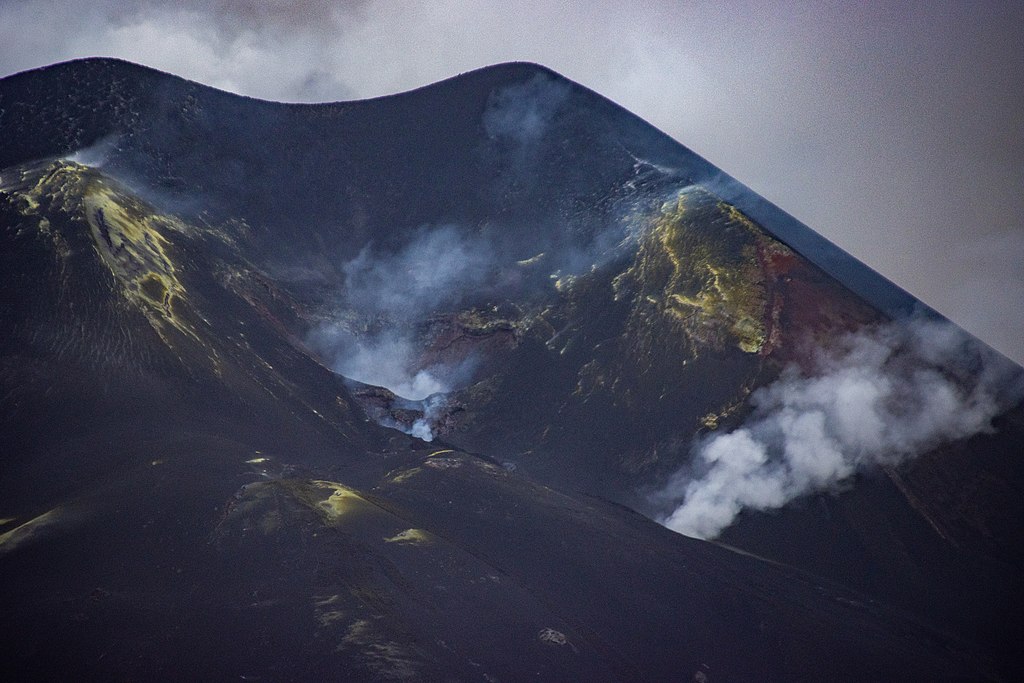
2021 was an excellent year for eruptions that were fascinating to watch and not terribly dangerous to humans! Let’s look back on the eruptions we covered, and see where they are now, and what might be in store for 2022.
Kilauea, United States
Tūtū Pele has celebrated the last couple of New Years with sweet summit eruptions. From late December 2021 through most of May of 2021, we were treated to a spectacular end to the water lake in the crater and entertained by the dancing islands of the new lava lake. Pele took the summer off before abruptly returning on September 29th. She’s been putting on a crater lava show ever since, with just a few breaks, including a pause over Christmas. By the new year, she was back in action and put on a lovely show over the holiday.
Since Pelee’s only taken one year off since the 1980s, I’m expecting this year to include some gorgeous lava action from her current home. And stay tuned to see if she does any remodeling at Mauna Loa!
Geldingadalir (Fagradalsfjall), Iceland (more…)
Why La Palma is Like This vol. I: The Seamount that Soared
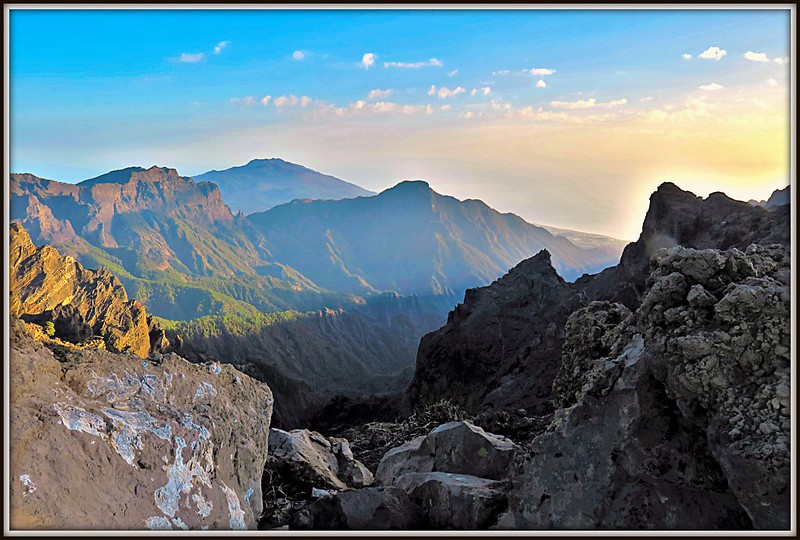
This post first appeared on Patreon. To get early access, plus exclusive extras, please visit my Patreon page.
Now that we’ve got the geologic context of the Canary Islands as a whole figured out, it’s time to zero in on La Palma. How did she get here? Why are all the recent eruptions happening only on one half of her? What might be in store for the future? Does the fact that the most recent eruption is the longest and most voluminous of her entire recorded history mean the island is doomed? And is her active volcanic ridge, Cumbre Vieja, going to fall into the ocean and wipe out the East Coast of North America?
(I won’t keep you in suspense on that last one: the answer is almost certainly a resounding no. So while we’ll talk a bit about former collapses that have shaped the island, we won’t be spending any time on the megatsunami theory. Sorry not sorry.)
A Brief History of La Palma
La Palma is the second-youngest Canary island, and is still growing. She is, in fact, the most vigorously volcanic of the Canary Islands, boasting the most eruptions on record since the Spanish settlers arrived. And that’s just the last 500-ish years of her history: she’s actually about four million years old, if you count from her birth as a bouncing baby seamount. Nearly all of those years involve very hot rocks. (more…)
The Blanco Fault Zone Rides Again
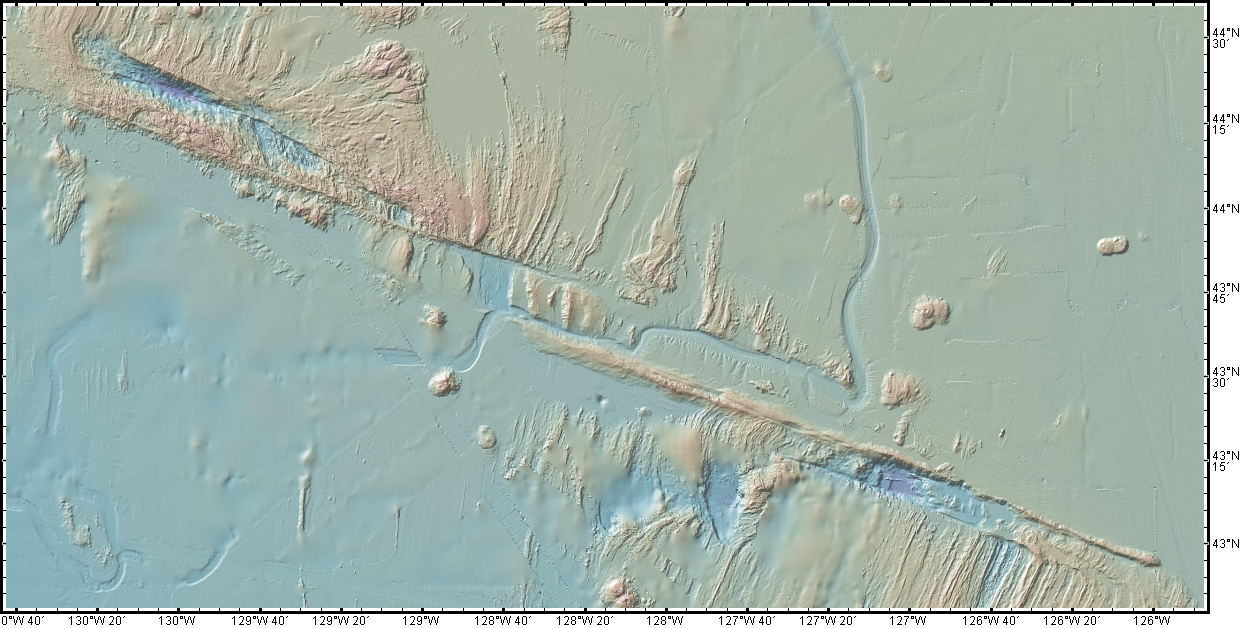
Do we have to do this again so soon? Really? Oh, geez.

Must we really, CNN? Credit: Dana Hunter
I’m not going to link that article, because while it does quote seismologist Harold Tobin up front basically saying nothing to see here, folks, everything’s normal on the Blanco Fault Zone, it also tries to scaremonger. And I’m so over the scaremongering.
Listen. This is the Blanco Fault Zone. Earthquake swarms with many temblors of this magnitude are its specialty. It means absolutely nothing for the mainland. Zip. Zilch. Nada. Read this very good article on Oregon Public Broadcasting, which laid out the facts in beautiful form.
And no, this has utterly nothing to do with submarine volcanoes. No, not even Axial seamount. Dr. Jackie Caplan-Auerbach wrote an entire post explaining how much it’s not that:
There have been a lot of questions about the recent Blanco tranform activity, including whether these are related to volcanic activity in general, and Axial Seamount in specific. The short answer is no, these are definitively not volcanic quakes, but more detail follows.
First, the Blanco Transform fault is the most active fault in the Pacific NW, with very frequent quakes >M5. We can tell that these are normal Blanco faults by their location, by the way they fail (these are strike-slip earthquakes, consistent with the fault’s normal behavior, and happily, the type least likely to generate tsunamis).There is no volcanism associated with transform faults. The nearest frequently active volcano (and the one people most often ask about) is Axial seamount, which is ~300 km from the activity we are seeing on the Blanco this week. This is much too far apart for these features to be associated with one another.
And I swear we all have to do this every dang time.
For anyone who’s been worried that this is the harbinger of something geologically awful in the Pacific Northwest, please be assured that it is not. This is absolutely business as usual on the Blanco Fault Zone. This is what it does. It’s not going to trigger the Cascadia megatsunami. It’s not even going to cause any minor inconveniences to the mainland. Volcanoes aren’t going to be triggered. Literally the only way it’s going to become an issue is if we decide to build a seafloor city right on top of it. Which, knowing humans, someday we will definitely do.
Just a hair over two years ago, my Scientific American article explained why the Blanco should be considered a fun rather than fearsome fault zone. I shall now reproduce that article here, because literally nothing has changed except the date. Please bookmark this to reference whenever someone starts freaking out over the Blanco’s latest antics. It’s all chill, folks. Just enjoy it’s little productions! Because they’re actually entertaining and informative from an earth science perspective, just the way we like our geology. (more…)
Standing of the Stones: Island Volcanoes Abounding Edition
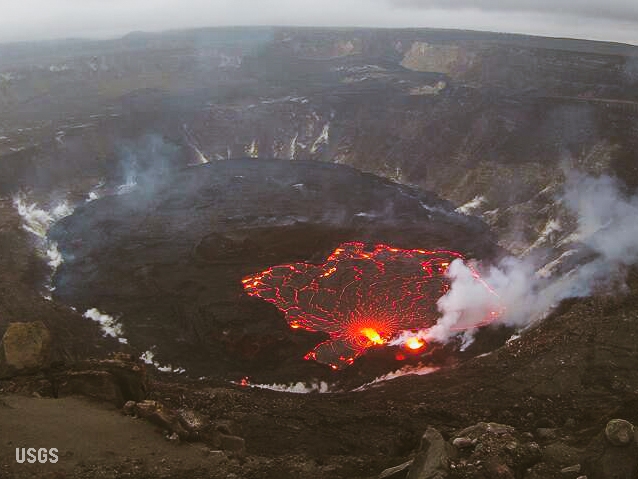
Hello and welcome to a new, semi-weekly feature in which I’ll share snippets of earth science news, cool things I’ve stumbled across, pretty pictures, status reports on upcoming articles, and whatever else seems interesting.
La Palma: Still on Fire
This has been one of the longest eruptions in La Palma’s recorded history, and is posed to be the longest, if it keeps going. Some of the recent lava fountains have exceeded 1,600 feet (500m) in height. The person who runs the GeologyHub channel has discovered a pattern in the data that suggests something interesting (and ominous to the locals) about the relationship between deep earthquakes and eruption activity on the island.
Can you believe where some of that ash ended up?!
It looks like the eruption may break some records. Interesting times indeed.
Why Is La Palma Like This?
Iceland from the West to the South: A Meh Guide With Some Eye-Popping Mistakes
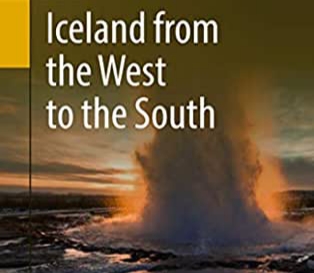
(This post first appeared on Patreon. To get early access, plus nifty extras, all while supporting Rosetta Stones, please click here.)
So of course with all of the Iceland Volcano excitement, I had to run out and buy a bunch of books on Icelandic geology. It’s actually not super easy to find affordable ones in English. So I was very pleased to find one published by Springer for a good price: Iceland from the West to the South by Wolfgang Fraedrich. Springer is all about science written by scientists. I was stoked.
I have now read it, and…I’m considerably less stoked.
Ghostly Geology
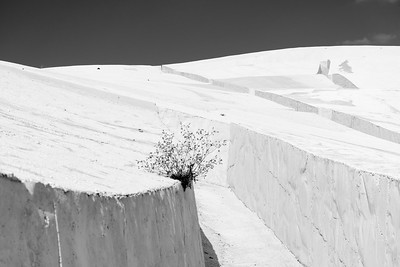
Halloween is here! This is my favorite part of fall: costumes, spooky stuff, decorating in black not only allowed but encouraged…. This is the holiday I was born for.
And I have some geology made for the holiday! This year, the theme is ghosts, and we’re going to visit some very ghostly geology and paleontology indeed.
1. Ghost Shrimp Haunts Ichnologist

This is a different kind of ghost shrimp than the ones under discussion, but it is metal enough for Halloween, so we’re rolling with it. Credit:
Freddie Alequin (CC BY-SA 2.0)
Paleontology isn’t just about bones and preserved bodies: a branch of it, ichnology*, also looks at the things those bodies left behind, like fossilized trails, tracks, nests, burrows, borings, excavations, and even the divots left by pee. In this post, my favorite ichnologist, Tony Martin, talks about a very unusual trace he found that would be even more exciting to find in the fossil record.
Life Traces of the Georgia Coast: Ghost Shrimp Whisperer
Geologists love ghost shrimp, too, because of how their burrows are so numerous, fossilize easily, and are sensitive shoreline indicators. I wrote about this before with regard to how geologists in the 1960s were able to map ancient barrier islands of the Georgia coastal plain by looking for trace fossils of these burrows. Since then, geologists and paleontologists have identified and applied these sorts of trace fossils worldwide, and in rocks from the Permian Period to the Pleistocene Epoch.
I could prattle on about ghost shrimp and their ichnological incredibleness for the rest of the year, but will spare you of that, gentle reader, and instead will get to the point of this post. Just when I thought I’d learned nearly everything I needed to know about ghost-shrimp ichnology, one shrimp decided I needed to have my eyes opened to some traces I had never seen them make before just a few months ago.
*Not to be confused with ichthyology, which has to do with fishies. It’ll help to remember that ikhnos means “track” or “trace” in Greek, while ikhthus means “fish.”
2. Ghosts of Minerals Past (more…)

